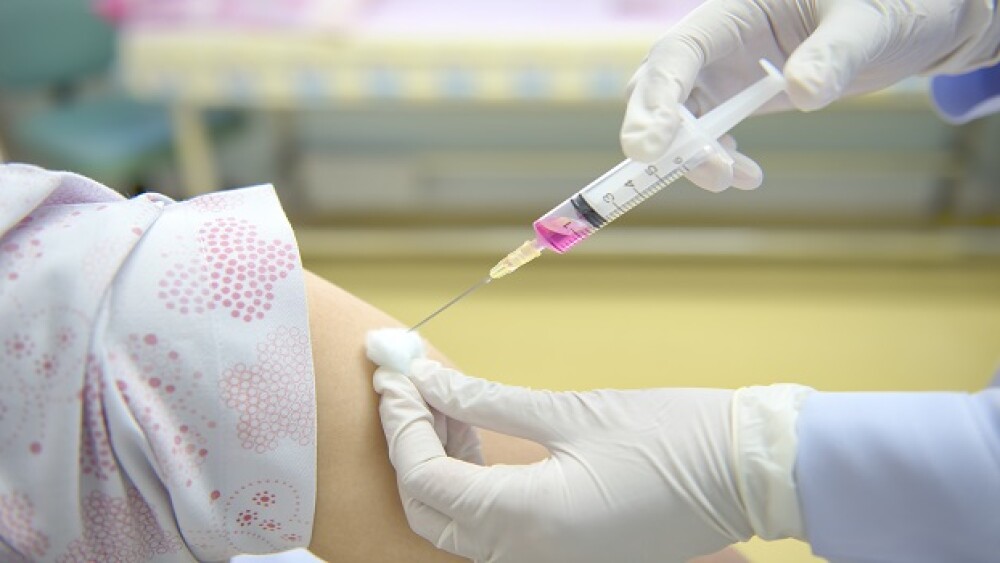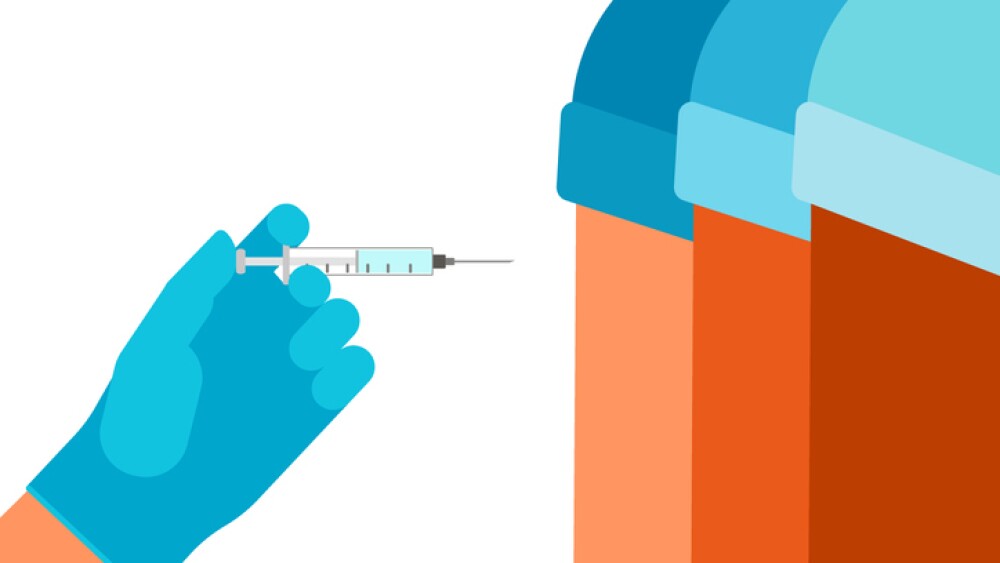The FDA accepted Genentech’s New Drug Application (NDA) for baloxavir marboxil, a single-dose, oral flu treatment for people 12 years and older. It also granted it Priority Review.
The U.S. Food and Drug Administration (FDA) accepted Genentech’s New Drug Application (NDA) for baloxavir marboxil, a single-dose, oral flu treatment for people 12 years and older. It also granted it Priority Review. The agency’s target decision date is December 24, 2018.
The antiviral is designed to target the flu virus, including oseltamivir-resistant strains and avian strains, H7N9 and H5N1. It is also designed to inhibit the cap-dependent endonuclease protein within the flu virus, unlike other antiviral treatments.
The NDA is based on data from the Phase III CAPSTONE-1 trial of a single dose of baloxavir marboxil compared to placebo or oseltamivir 75 mg, twice daily for five days, in otherwise healthy people with the flu. Supporting data from a placebo-controlled Phase II trial was also included.
CAPSTONE-1 is a Phase III multicenter, randomized, double-blind, placebo-controlled trial. It looked at 1,436 people in the U.S. and Japan. Its primary endpoint was time to alleviation of symptoms (TTAS). Important secondary endpoints were time to resolution of fever, time to cessation of viral shedding, and the proportion of participants positive for influenza virus titer, or virus levels in the body, by time point.
The trial found that, compared to placebo, baloxavir marboxil significantly cut the duration of flu symptoms by more than one a day, reduced the fever duration by almost a day, and significantly cut the length of time viruses were released from the body. It also significantly cut virus levels in the nose and throat from 24 hours through 120 hours.
Results were similar comparing baloxavir marboxil and oseltamivir (Tamiflu). The drug was generally well-tolerated. There were numerically lower overall side effects on baloxavir marboxil compared to placebo or oseltamivir, with an incidence of 20.7 percent for balaxavir marboxil, 24.6 percent for placebo, and 24.8 percent for oseltamivir. Most common side effects were diarrhea, bronchitis, nausea, and sinusitis.
The antiviral was discovered by Shionogi & Co., and is being developed worldwide by the Roche Group, including Genentech in the U.S., and Shionogi & Co. Roche holds worldwide rights to the drug outside of Japan and Taiwan, which are held exclusively by Shionogi & Co. The drug was approved in February 2018 by the Japanese Ministry of Health, Labour and Welfare for influenza types A and B in adults and pediatric patients. It is marketed in Japan under the brand name Xofluza.
“The severity of the recent flu season underscores the need for new options beyond currently available treatments, and if approved, baloxavir marboxil would be the first flu medicine with a novel proposed mechanism of action in nearly 20 years,” said Sandra Horning, Roche’s chief medical officer and head of Global Product Development, in a statement. “Baloxavir marboxil has been shown in clinical trials to decrease the duration of symptoms with one dose, and demonstrated a significant reduction in viral shedding in just one day. We look forward to working with the FDA during the review process.”
The drug is believed to be an improvement over Genentech’s Tamiflu (oseltamivir). As ABC News pointed out in February when the drug was approved in Japan, “Both drugs work to shorten the duration of flu symptoms by a couple of days. Taking Xofluza won’t end symptoms any sooner. Xofluza, however, promises to deactivate the flu virus in the human body as quickly as 24 hours after it’s taken. While existing treatment plans suggest taking antiflu drugs repeatedly over the course of five days, Xofluza is one pill, taken only once. Though the patient’s experience of the flu will be the same, this means that after that one dose and one day, patients would no longer be infectious. That could be a game-changer in terms of spreading the flu to others.”





